-
 Bitcoin
Bitcoin $94,176.5707
-0.45% -
 Ethereum
Ethereum $1,798.4592
-1.60% -
 Tether USDt
Tether USDt $0.9998
-0.02% -
 XRP
XRP $2.1012
-3.98% -
 BNB
BNB $596.5535
0.54% -
 Solana
Solana $144.2302
-1.66% -
 USDC
USDC $0.9999
0.00% -
 Dogecoin
Dogecoin $0.1676
-3.86% -
 Cardano
Cardano $0.6599
-3.63% -
 TRON
TRON $0.2449
-1.11% -
 Sui
Sui $3.2894
-4.70% -
 Chainlink
Chainlink $13.4659
-3.96% -
 Avalanche
Avalanche $19.7277
-1.20% -
 UNUS SED LEO
UNUS SED LEO $8.6541
-3.86% -
 Stellar
Stellar $0.2574
-4.33% -
 Toncoin
Toncoin $2.9949
-1.05% -
 Shiba Inu
Shiba Inu $0.0...01255
-2.67% -
 Hedera
Hedera $0.1724
-2.77% -
 Bitcoin Cash
Bitcoin Cash $360.6438
0.54% -
 Hyperliquid
Hyperliquid $19.9399
-3.43% -
 Litecoin
Litecoin $81.9723
-7.76% -
 Polkadot
Polkadot $3.8924
-2.00% -
 Dai
Dai $0.9999
-0.01% -
 Monero
Monero $281.9678
0.99% -
 Bitget Token
Bitget Token $4.3010
-0.64% -
 Ethena USDe
Ethena USDe $1.0002
-0.01% -
 Pi
Pi $0.5840
-1.50% -
 Pepe
Pepe $0.0...07887
-5.00% -
 Bittensor
Bittensor $366.2501
0.32% -
 Uniswap
Uniswap $4.9052
-3.30%
How to buy eth to wallet cost-effectively
To minimize costs associated with ETH transactions, explore limit orders, OTC trading, joining liquidity pools, and optimizing gas fees through non-peak hours, strategic gas price setting, and gas optimizer utilization.
Jan 13, 2025 at 12:10 am
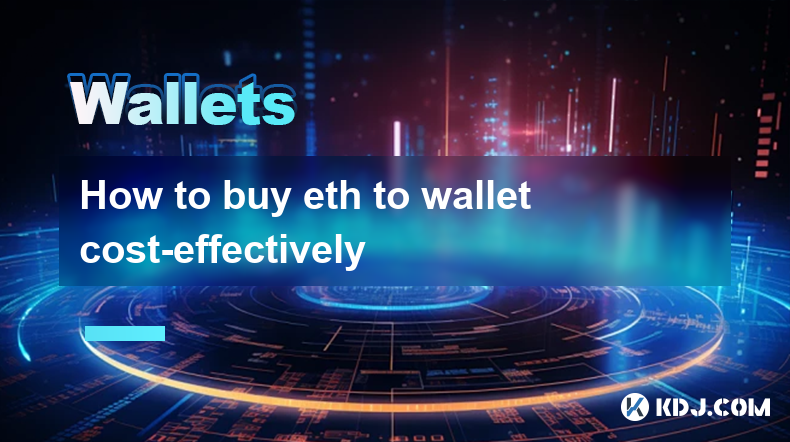
Key Points:
- Understanding transaction fees associated with ETH purchases
- Comparing different platforms for ETH purchases
- Exploring cost-saving strategies for ETH transactions
- Optimizing gas fees for ETH transactions
- Maximizing returns from ETH purchases through strategic timing
How to Buy ETH to Wallet Cost-Effectively: A Comprehensive Guide
1. Understand Transaction Fees
Cryptocurrency transactions, including ETH purchases, incur fees. These fees cover the computational effort required to process and validate transactions on the blockchain network. They primarily comprise two components:
- Network fee: A fee paid to miners or validators for securing the network and processing transactions.
- Gas fee: A fee paid to ETH miners to prioritize and expedite transaction processing.
2. Compare Different Platforms for ETH Purchases
Not all platforms for purchasing ETH are equal in terms of fees and costs. Some platforms like Coinbase and Binance charge higher transaction fees but offer user-friendly interfaces and other features. Others like Kraken and Gemini charge lower fees but may require more technical expertise.
- Coinbase: User-friendly interface but higher fees; offers instant purchases with higher fees.
- Binance: Vast selection of cryptocurrencies but complex fee structure; offers low trading fees for high-volume traders.
- Kraken: Lower trading fees but requires more technical knowledge; offers advanced features for professional traders.
- Gemini: High security standards and low transaction fees; best for beginners who prioritize security.
3. Explore Cost-Saving Strategies
- Limit Orders: Utilize limit orders instead of market orders to execute ETH purchases at pre-determined prices, potentially saving on slippage.
- OTC Trading: Trade ETH directly with other individuals or institutions through over-the-counter (OTC) platforms to minimize fees.
- Join Liquidity Pools: Provide ETH liquidity to decentralized exchanges (DEXs) to earn rewards and offset transaction fees.
4. Optimize Gas Fees
- Use Non-Peak Hours: Avoid transferring ETH during peak network congestion (typically during weekday mornings and evenings) when gas fees are at a premium.
- Set Gas Price Strategically: Adjust your ETH gas price within an acceptable range to find an optimal balance between transaction speed and fees.
- Use Gas Optimizers: Employ gas optimizers like Etherscan or Gas Station Network to estimate and minimize gas fees.
5. Maximize Returns from ETH Purchases through Strategic Timing
- Monitor Market Conditions: Stay informed about ETH market trends and key events that may affect its price.
- Buy the Dip: Purchase ETH during dips or market corrections to potentially acquire more ETH at lower prices.
- Hold Long-Term: Consider holding ETH for extended periods instead of frequent trading, potentially benefitting from its long-term growth prospects.
FAQs:
Q: What is the cheapest way to buy ETH?
A: Utilize OTC trading, set limit orders, join liquidity pools, and optimize gas fees through strategic timing.
Q: How can I avoid high gas fees when buying ETH?
A: Transfer ETH during non-peak hours, set gas prices strategically, and use gas optimizers to minimize fees.
Q: What is the difference between network fees and gas fees?
A: Network fees secure the network and process transactions, while gas fees prioritize transaction processing.
Q: How do I set limit orders for ETH purchases?
A: Set a predetermined price for your ETH purchase and wait until it is met to execute the order.
Q: How can I join liquidity pools to save on ETH transaction fees?
A: Deposit ETH into liquidity pools on DEXs to earn rewards and offset transaction costs.
Disclaimer:info@kdj.com
The information provided is not trading advice. kdj.com does not assume any responsibility for any investments made based on the information provided in this article. Cryptocurrencies are highly volatile and it is highly recommended that you invest with caution after thorough research!
If you believe that the content used on this website infringes your copyright, please contact us immediately (info@kdj.com) and we will delete it promptly.
- XRP eyes breakout above $2.208 resistance as bullish patterns and whale accumulation hint at a potential major price surge.
- 2025-05-06 17:25:15
- Chainlink Launches Rewards Program to Distribute Ecosystem Tokens to Active Participants and LINK Stakers
- 2025-05-06 17:25:15
- Bollinger Bands Turning Bullish for XRP Price
- 2025-05-06 17:20:12
- Bitcoin (BTC) Transfers to Cardano (ADA) Without a Bridge
- 2025-05-06 17:20:12
- Tron (TRX) Maintains Upward Trajectory Despite Broader Market Consolidation
- 2025-05-06 17:15:12
- Bitcoin Open Interest Delta Turns Bearish
- 2025-05-06 17:15:12
Related knowledge
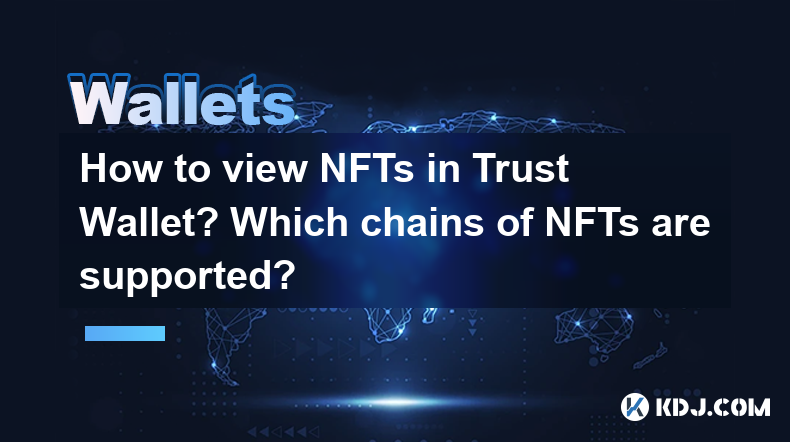
How to view NFTs in Trust Wallet? Which chains of NFTs are supported?
May 06,2025 at 05:28pm
How to View NFTs in Trust Wallet? Which Chains of NFTs Are Supported? Trust Wallet is a popular mobile cryptocurrency wallet that supports a wide range of digital assets, including Non-Fungible Tokens (NFTs). Viewing your NFTs in Trust Wallet is a straightforward process, and the wallet supports NFTs from various blockchain networks. In this article, we...
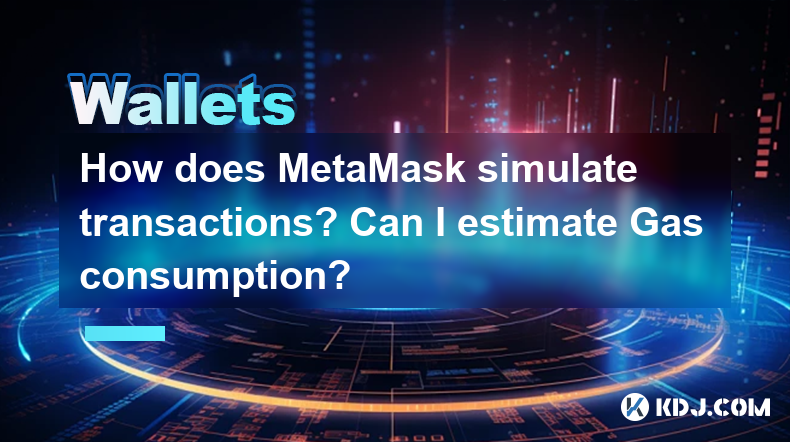
How does MetaMask simulate transactions? Can I estimate Gas consumption?
May 06,2025 at 03:49pm
How does MetaMask simulate transactions? Can I estimate Gas consumption?MetaMask, a popular Ethereum wallet and gateway to blockchain applications, offers users the ability to simulate transactions and estimate gas consumption before they are executed on the Ethereum network. This feature is crucial for users to understand the potential costs and outcom...
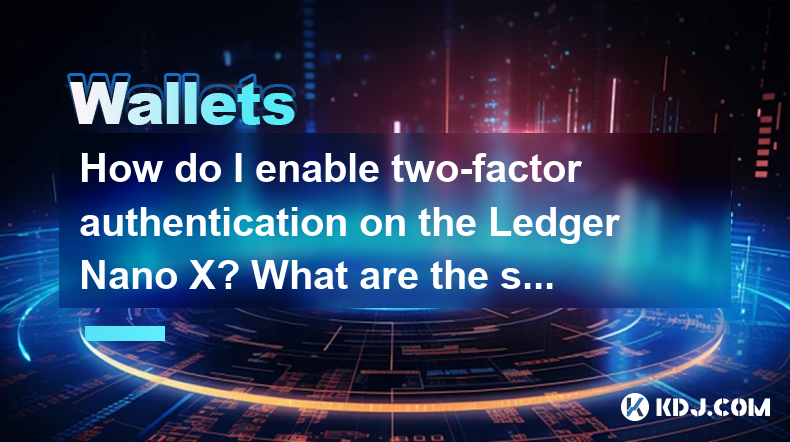
How do I enable two-factor authentication on the Ledger Nano X? What are the security options?
May 02,2025 at 09:49pm
Enabling two-factor authentication (2FA) on your Ledger Nano X is a critical step in securing your cryptocurrency assets. The Ledger Nano X offers robust security options that enhance the protection of your digital wealth. In this article, we will guide you through the process of enabling 2FA on your Ledger Nano X and explore the various security featur...
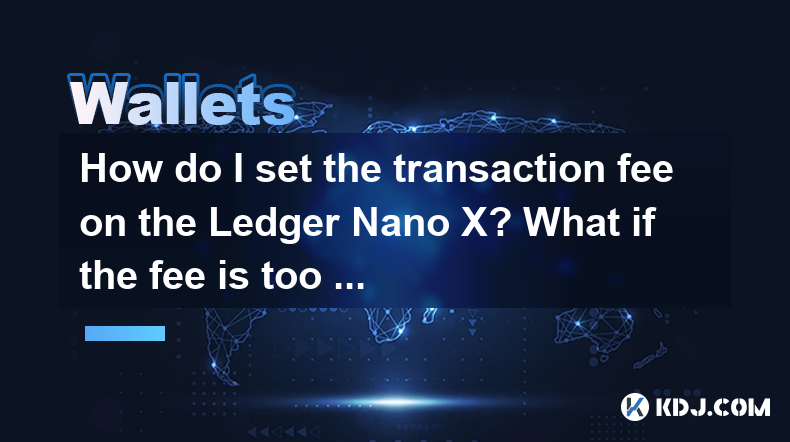
How do I set the transaction fee on the Ledger Nano X? What if the fee is too high?
May 05,2025 at 09:21pm
Setting the transaction fee on your Ledger Nano X is an essential part of managing your cryptocurrency transactions efficiently. The transaction fee directly impacts how quickly your transaction is processed and confirmed on the blockchain. In this guide, we will walk you through the steps to set the transaction fee on your Ledger Nano X, and what to do...
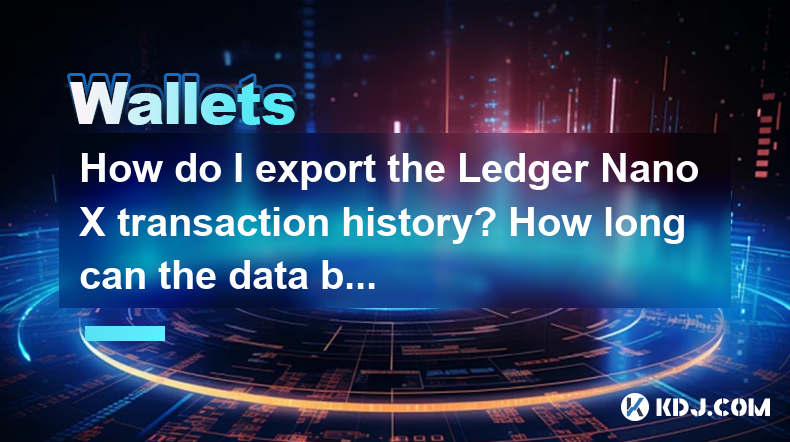
How do I export the Ledger Nano X transaction history? How long can the data be saved?
May 04,2025 at 07:21am
Introduction to Ledger Nano X and Transaction HistoryThe Ledger Nano X is a hardware wallet designed to store your cryptocurrency safely. It supports a wide range of cryptocurrencies and offers robust security features. One of the essential aspects of managing your cryptocurrencies is keeping track of your transaction history. The Ledger Nano X allows y...
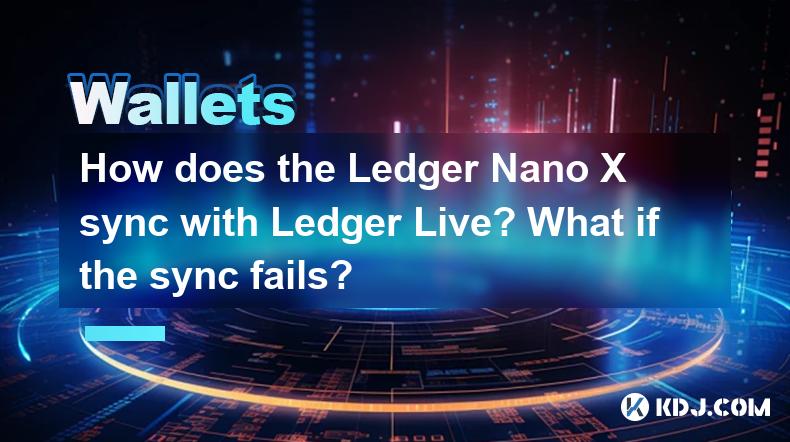
How does the Ledger Nano X sync with Ledger Live? What if the sync fails?
May 04,2025 at 12:07pm
The Ledger Nano X is a popular hardware wallet that allows users to securely manage their cryptocurrency assets. One of the key features of the Ledger Nano X is its ability to sync with the Ledger Live application, which provides a user-friendly interface for managing your crypto portfolio. In this article, we will explore how the Ledger Nano X syncs wi...

How to view NFTs in Trust Wallet? Which chains of NFTs are supported?
May 06,2025 at 05:28pm
How to View NFTs in Trust Wallet? Which Chains of NFTs Are Supported? Trust Wallet is a popular mobile cryptocurrency wallet that supports a wide range of digital assets, including Non-Fungible Tokens (NFTs). Viewing your NFTs in Trust Wallet is a straightforward process, and the wallet supports NFTs from various blockchain networks. In this article, we...

How does MetaMask simulate transactions? Can I estimate Gas consumption?
May 06,2025 at 03:49pm
How does MetaMask simulate transactions? Can I estimate Gas consumption?MetaMask, a popular Ethereum wallet and gateway to blockchain applications, offers users the ability to simulate transactions and estimate gas consumption before they are executed on the Ethereum network. This feature is crucial for users to understand the potential costs and outcom...

How do I enable two-factor authentication on the Ledger Nano X? What are the security options?
May 02,2025 at 09:49pm
Enabling two-factor authentication (2FA) on your Ledger Nano X is a critical step in securing your cryptocurrency assets. The Ledger Nano X offers robust security options that enhance the protection of your digital wealth. In this article, we will guide you through the process of enabling 2FA on your Ledger Nano X and explore the various security featur...

How do I set the transaction fee on the Ledger Nano X? What if the fee is too high?
May 05,2025 at 09:21pm
Setting the transaction fee on your Ledger Nano X is an essential part of managing your cryptocurrency transactions efficiently. The transaction fee directly impacts how quickly your transaction is processed and confirmed on the blockchain. In this guide, we will walk you through the steps to set the transaction fee on your Ledger Nano X, and what to do...

How do I export the Ledger Nano X transaction history? How long can the data be saved?
May 04,2025 at 07:21am
Introduction to Ledger Nano X and Transaction HistoryThe Ledger Nano X is a hardware wallet designed to store your cryptocurrency safely. It supports a wide range of cryptocurrencies and offers robust security features. One of the essential aspects of managing your cryptocurrencies is keeping track of your transaction history. The Ledger Nano X allows y...

How does the Ledger Nano X sync with Ledger Live? What if the sync fails?
May 04,2025 at 12:07pm
The Ledger Nano X is a popular hardware wallet that allows users to securely manage their cryptocurrency assets. One of the key features of the Ledger Nano X is its ability to sync with the Ledger Live application, which provides a user-friendly interface for managing your crypto portfolio. In this article, we will explore how the Ledger Nano X syncs wi...
See all articles




















































































